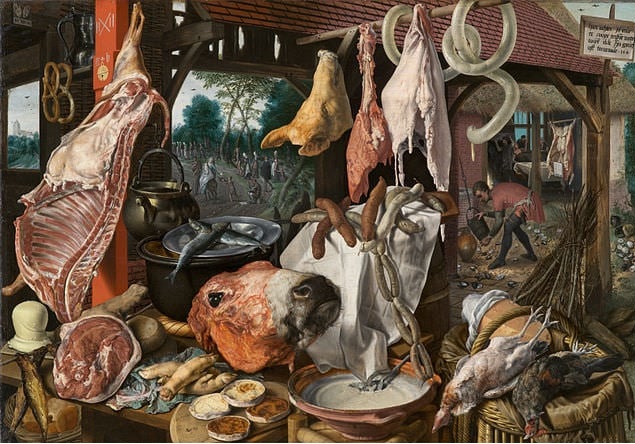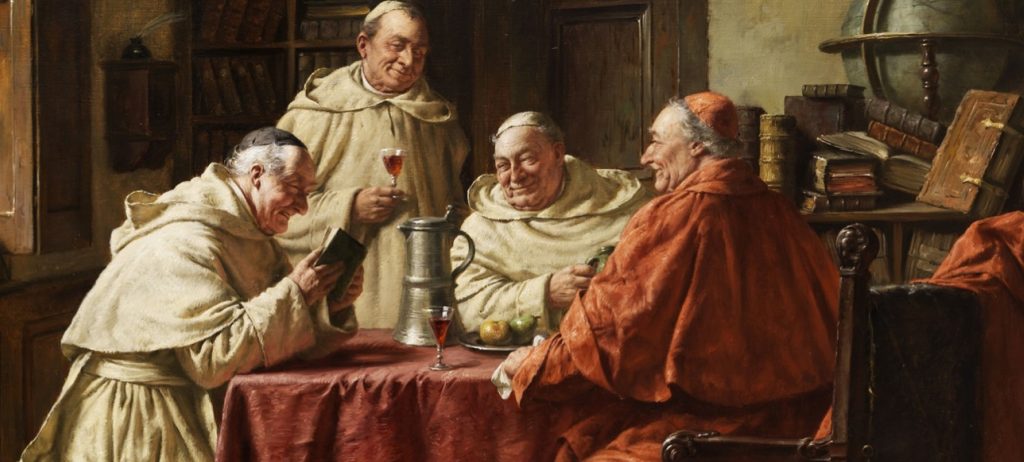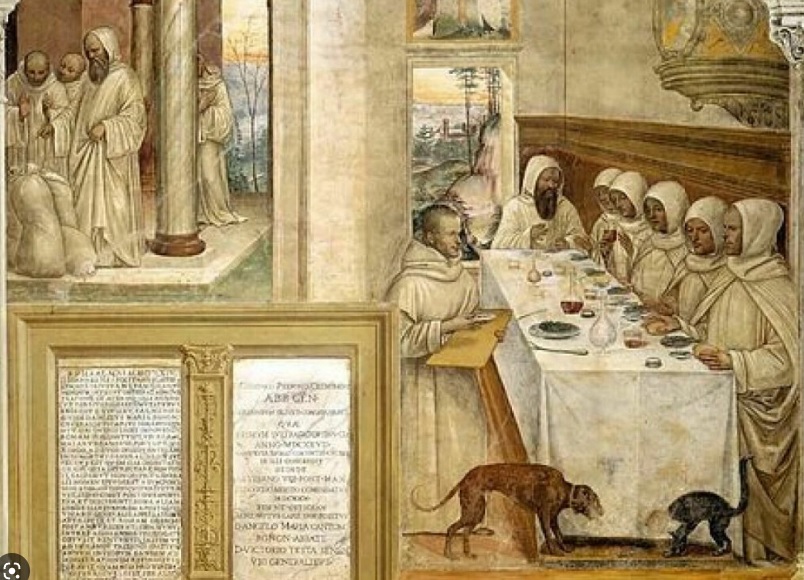The diet of medieval priests was largely determined by their economic status and the social and cultural context in which they lived. In general, priests enjoyed a more varied and nutritious diet than the general population, but their meals were still relatively simple and modest compared to those of the wealthy aristocracy.
In this article, we will explore the types of food that medieval priests ate and how their diet was influenced by factors such as location, season, and religious practices.
Location and Season
One of the main factors that influenced the diet of medieval priests was their location. Priests who lived and worked in urban areas had access to a wider variety of foods than those in rural areas, where the selection was more limited. Urban priests could purchase a range of foodstuffs from local markets, including fresh vegetables, fruits, grains, and dairy products. They could also buy imported foods, such as spices and exotic fruits, although these were expensive and usually reserved for special occasions.

Priests in rural areas, on the other hand, were more reliant on locally grown and produced foods. They had access to a kitchen garden, where they could grow their own vegetables, herbs, and fruits. They were also able raise animals for meat and eggs, or keep bees for honey. However, the selection of foods available in rural areas was generally more limited than in the cities, and priests had to rely more on preserved and dried foods, such as salted meat, pickled vegetables, and dried fruits.
Season also played a role in the diet of medieval priests. In the summer, when fresh produce was abundant, priests were able enjoy a wider variety of fruits and vegetables. In the winter, when fresh produce was scarce, they had to rely more on preserved foods and root vegetables, such as turnips, carrots, and potatoes.
Religious Practices and Food
Religious practices also influenced the diet of medieval priests. Many priests followed the rules of fasting, which required them to abstain from certain foods and eat only simple, modest meals on certain days of the year. The rules of fasting varied depending on the Church and the time period, but generally, priests were required to abstain from meat, dairy products, and eggs on certain days and to eat only simple foods, such as bread, vegetables, and fish.

During the medieval period, there were also certain foods that were considered “luxurious” and were frowned upon by the Church. These included expensive and exotic foods, such as spices, sugar, and imported fruits, as well as foods that were associated with gluttony or excess, such as fatty meats and rich pastries. Priests were generally discouraged from indulging in these types of foods, and were expected to abstain from them during the periods of fasting.
Typical Meals
Despite these restrictions, medieval priests enjoyed a more varied and nutritious diet than the general population. A typical meal for a priest might consist of bread, vegetables, and a protein source, such as meat, fish, or beans. They also had cheese, butter, and milk as part of their diet.

Breakfast for a priest was often a simple meal of bread, cheese, and beer. Lunch often consisted of a bowl of soup or stew made from vegetables and a protein source, such as beans, lentils, or oats. Dinner was typically the main meal of the day and usually included a variety of dishes, such as roast meat, fish, or poultry, served with vegetables and grains. Occasionally priests also enjoyed fruit and nuts as a snack or dessert.
Conclusion
In conclusion, the diet of medieval priests was influenced by a variety of factors, including location, season, and religious practices. Priests enjoyed a more varied and nutritious diet than the general population, but their meals were still relatively simple and modest compared to those of the wealthy aristocracy.
They had access to a range of foodstuffs, including fresh vegetables, fruits, grains, and dairy products, depending on their location. They also followed the rules of fasting, which required them to abstain from certain foods and eat only simple, modest meals on certain days of the year.
A typical meal for a priest might consist of bread, vegetables, and a protein source, such as meat, fish, or beans, and they might also have cheese, butter, and milk as part of their diet. Overall, the diet of medieval priests was shaped by the social, cultural, and religious context of the time.
